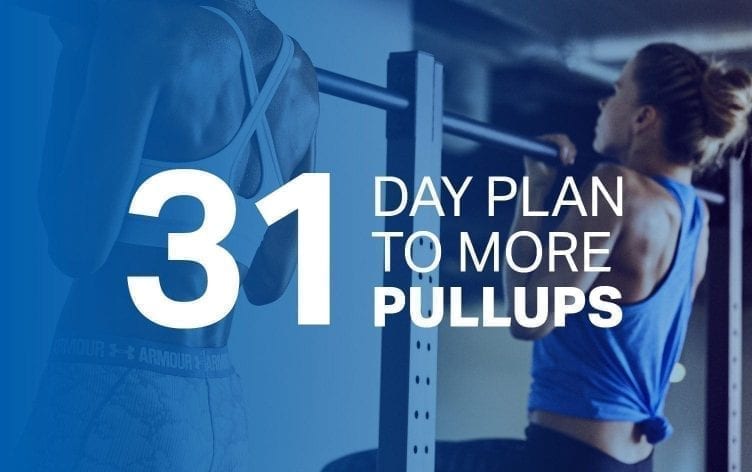
For any fitness enthusiast, the day you perform your first bodyweight pullup is a day you’ll never forget. There are plenty of workout plans to help you do your first pullup, but what if you can already do a couple pullups and want to be able to do 10 or more at a time? Going from a novice to an intermediate or expert in the pullup department takes careful planning, dedication, hard work and the right combination of exercises.
If you can do at least 2–3 pullups on your own, this 31-day plan will improve your pullup prowess and get you to the 8–10 rep range or beyond.
HOW THE PLAN WORKS
Now that we’ve picked our exercises, it’s time to get to work. The main pullup workouts are split into two formats: total reps and ladders.
TOTAL REPS
On total rep days, you’ll do a certain number of pullups. Do as many of these reps as you can without machine or band assistance, and once you’re too fatigued to complete unassisted reps, use assistance as needed. The most important thing is to get all the reps in with proper form.
For example, if the workout calls for 20 total reps, you could do 2 sets of 10 reps, 10 sets of 2 reps, 4 sets of 5 reps, etc. It doesn’t matter how you chunk it up, as long as you do all the work.
LADDERS
On ladder days, you’ll set the clock for a certain amount of time and do as many mini-sets as you can. For example:
Time: 6 minutes
Reps: 1, 2, 3
Rest: Walk 20 yards
In this case, you’d do 1 pullup, walk 20 yards, do 2 pullups, walk 20 yards, do 3 pullups, walk 20 yards, then go back to 1 rep and repeat the ladder for as many rounds as possible in 6 minutes. If you fail to complete a rep, go back to the lowest number of reps. Whatever you do, just keep going!
cloud_download
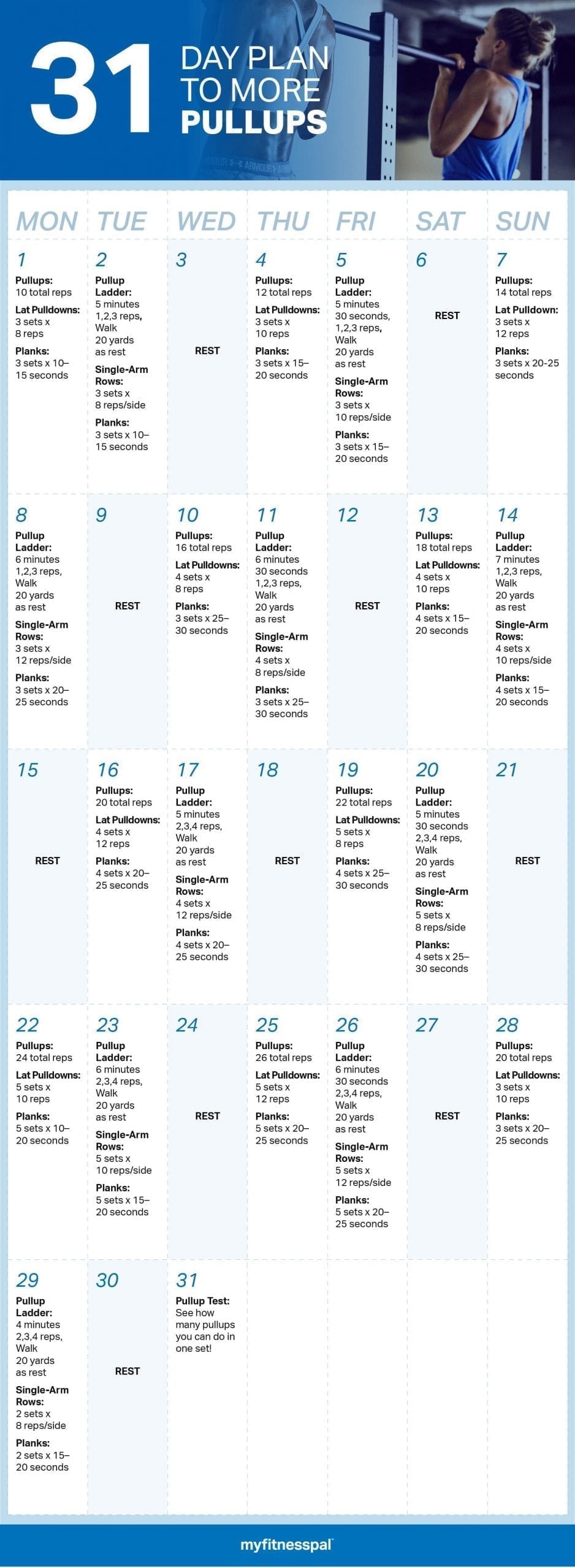
THE EXERCISES
Believe it or not, to do more pullups, you have to do more than just pullups. We’ve chosen specific exercises that target the upper back, arms and abs to strengthen every muscle used to hoist yourself above the bar.
MACHINE- OR BAND-ASSISTED PULLUPS
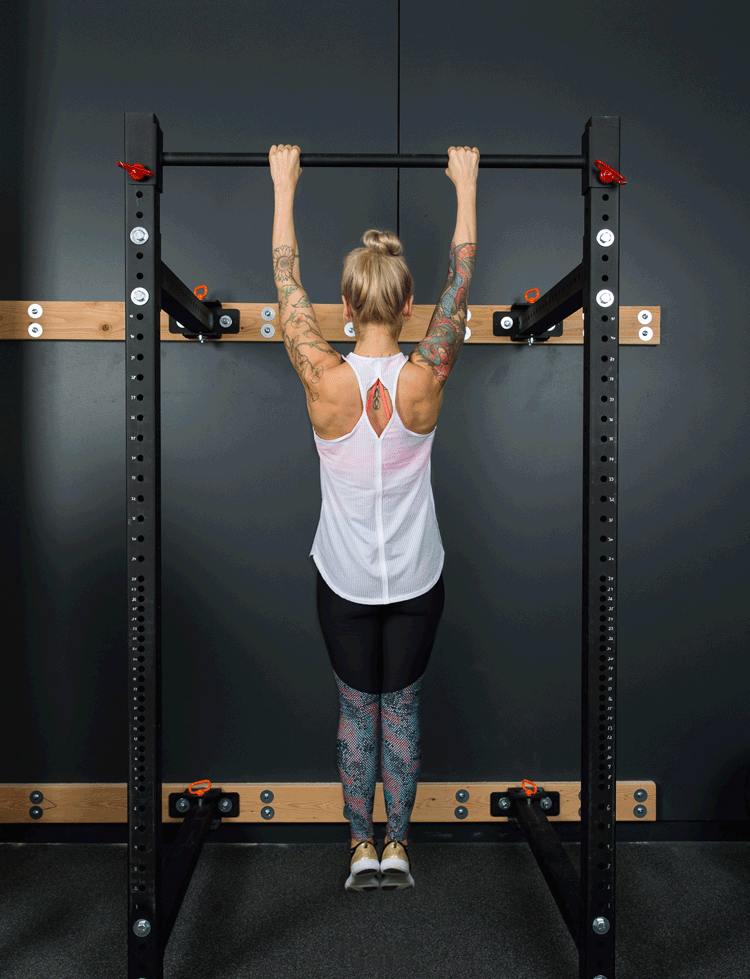
A big factor in gaining strength is volume. That means doing lots of sets and reps of whatever exercise you want to improve. If you can only do 2–3 reps at a time, it’s tough to get stronger. However, by adding assisted pullups using either a machine or resistance band, you’ll get more volume for faster gains.
LAT PULLDOWNS
Lat pulldowns train the same muscle groups as pullups in a nearly identical fashion, but are much easier to do. You can adjust the weight on the fly and focus on the mind-muscle connection because you’re not constantly hanging from the bar.
PLANKS
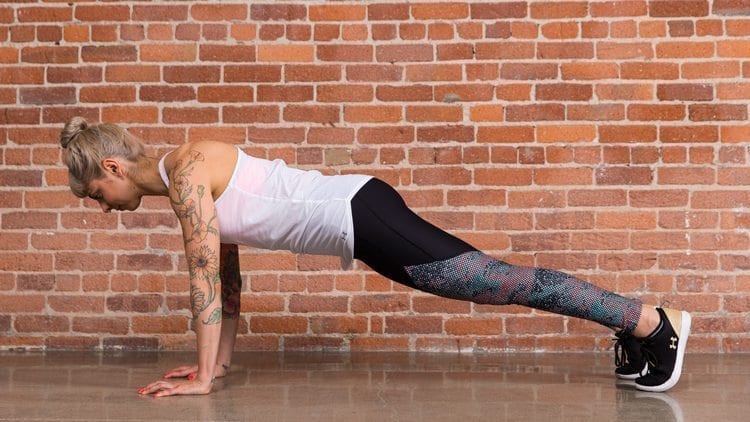
Pullups require plenty of core strength. Even if you don’t feel your abs burning like you would while doing situps or crunches, your core helps prevent your body from swinging around while maintaining proper alignment between your shoulders and spine. Increasing your core strength with planks is an underrated way to help you do more pullups.
SINGLE-ARM DUMBBELL ROWS
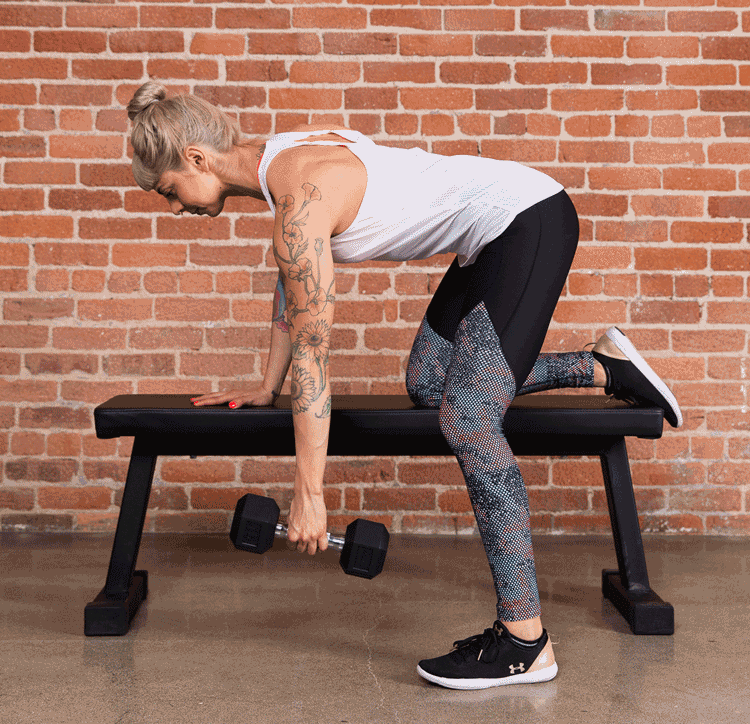
Even though pullups are done overhead (i.e., a “vertical” pulling motion), your upper back muscles respond well to lots of “horizontal” pulling exercises such as rows. The chest-supported dumbbell row fits the bill because it requires plenty of grip strength (key for pullups), takes stress off your lower back (because you’re supported by the bench) and keeps your shoulders healthy (an imbalance between vertical and horizontal pulling can make your shoulders cranky).
READ MORE > MASTER THE MOVE | THE PULLUP
TIPS FOR STAYING ON TRACK
- Consistency is key: Use a wall or desk calendar to keep track of your workouts and set an alarm on your phone to remind yourself to do your workout each day.
- Stick to the sets and reps: It may be tempting to do more or less work than a given workout suggests but stick to the plan. It’s designed to start slow and gradually build up in sets and reps.
- Obey the taper: The workouts actually get easier over the last few days of the program. That’s on purpose; you’re tapering so you can test your pullups on Day 31. Resist the urge to go all-out on Days 28 and 29.

